As a responsible cat owner, you’ve probably agonized over every detail of your feline’s diet—right down to the water they drink. The debate between tap water and cooled boiled water (凉白开) for cats isn’t just a trivial concern; it’s a critical choice that impacts their long-term health. Let’s cut through the noise: cooled boiled water is the clear winner for cats, and here’s why.
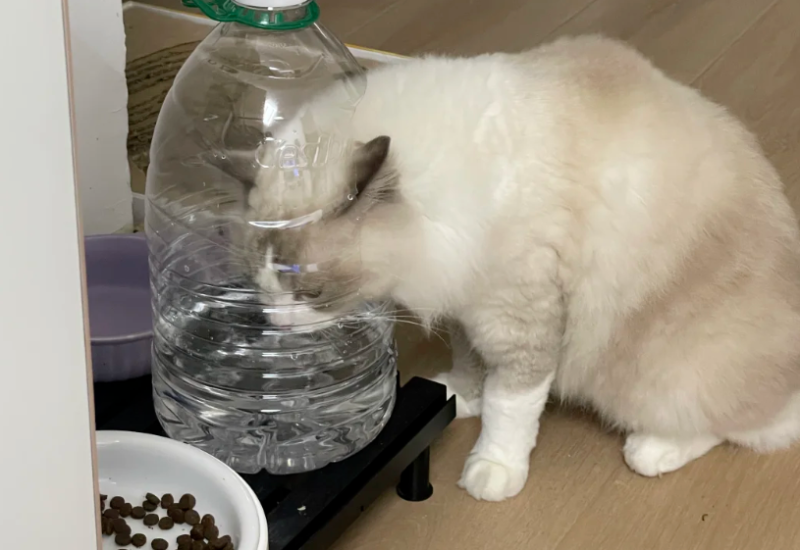
Why Tap Water Poses Hidden Risks to Cats
Tap water might seem harmless, but its safety for humans doesn’t automatically extend to cats. Municipal water systems often add chlorine to disinfect water, which can irritate your cat’s sensitive digestive tract and deter them from drinking due to its strong odor. Worse, aging pipes in older buildings can leach heavy metals like lead or rust into the water, silently burdening your cat’s kidneys over time. While some argue tap water contains beneficial minerals like calcium and magnesium, these same minerals can crystallize in your cat’s urinary tract, increasing the risk of stones—a common and painful condition in cats.
Cooled Boiled Water: The Gold Standard for Feline Hydration
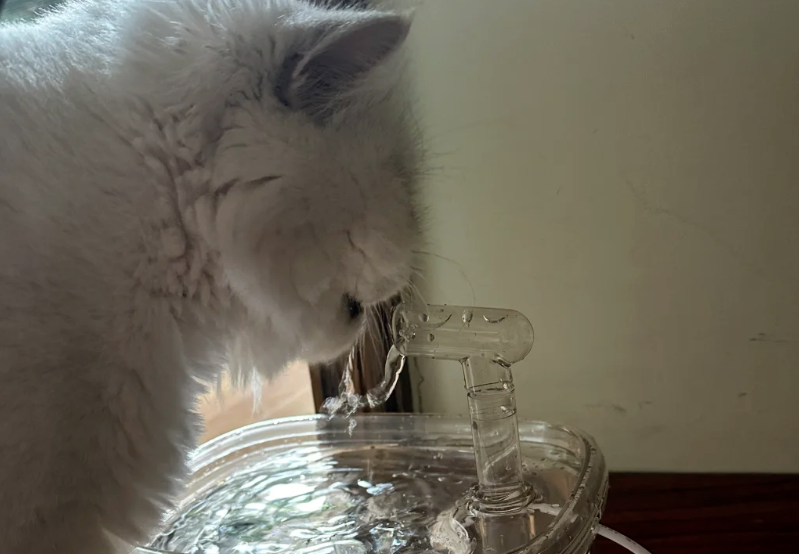
Boiling water isn’t just a human health hack; it’s a game-changer for cats. Here’s how it outperforms tap water:
Eliminates Harmful Contaminants
Boiling neutralizes chlorine and kills 99% of bacteria and parasites, making water safer for cats with delicate immune systems. This is especially crucial for kittens, senior cats, or those with preexisting kidney issues, as their bodies struggle to filter toxins.Better Taste and Freshness
Cats are notoriously picky drinkers. The absence of chlorine’s chemical taste in cooled boiled water encourages cats to drink more, reducing the risk of dehydration and urinary tract diseases. However, freshness matters: replace water every 4–6 hours to prevent oxygen loss and bacterial regrowth.Reduces Mineral Overload
While tap water’s minerals sound beneficial, excessive amounts can strain a cat’s kidneys. Boiling reduces mineral density, creating a “gentler” water that supports urinary health without overwhelming their system.
Myth-Busting: The Truth About Bottled Water
Some owners opt for bottled water, but this isn’t a perfect solution. Mineral water varies in composition; high sodium or magnesium levels can lead to imbalances or bladder stones. Purified water, stripped of all minerals, lacks nutrients but is safe for short-term use. Neither matches the balanced safety and affordability of cooled boiled water.
3 Pro Tips to Maximize Your Cat’s Water Intake
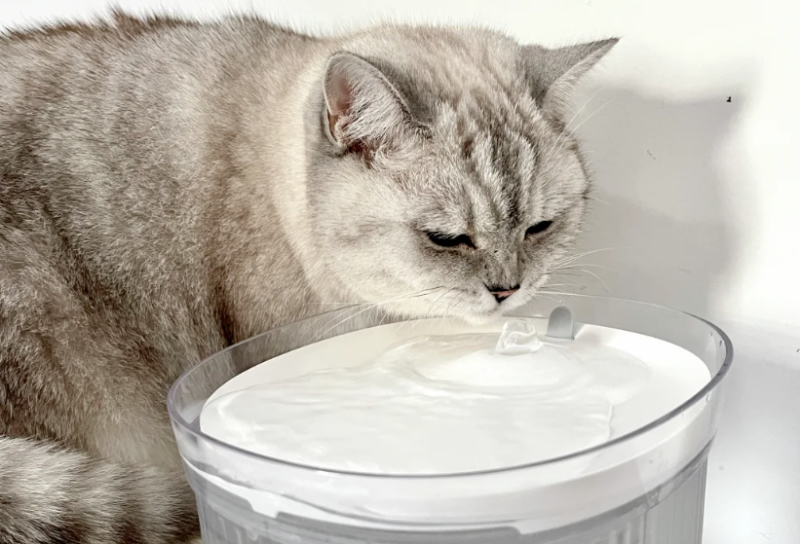
Even the best water won’t help if your cat refuses to drink. Try these vet-approved strategies:
Invest in a Cat Water Fountain
Cats instinctively prefer running water. A fountain’s continuous flow mimics natural streams, enticing them to drink more frequently.Place Multiple Water Stations
Position bowls in quiet, accessible areas away from food and litter boxes. Cats avoid drinking near “contaminated” zones.Mix Wet Food into Their Diet
Wet food contains up to 80% moisture, supplementing hydration for cats that dislike plain water.
Final Verdict: Cooled Boiled Water Wins
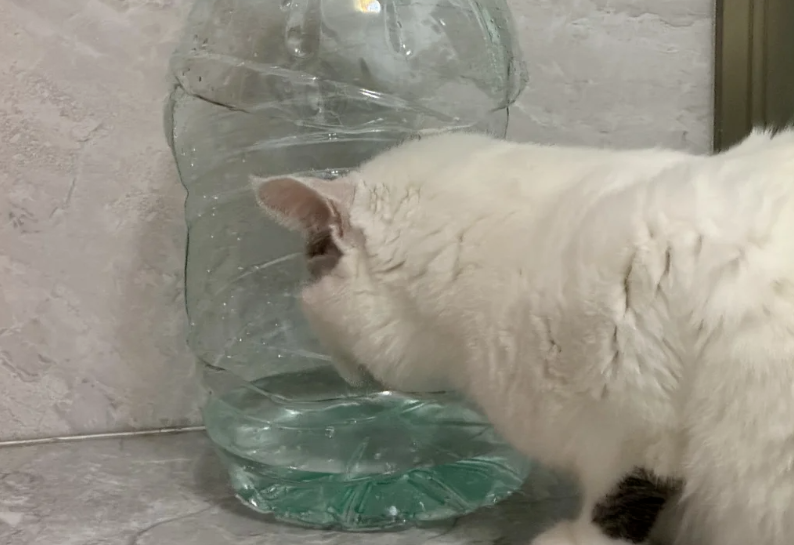
The science is unambiguous: cooled boiled water minimizes health risks while encouraging hydration. Tap water’s convenience isn’t worth the gamble with your cat’s kidneys, urinary tract, or overall vitality. By boiling water daily and refreshing bowls regularly, you’re not just offering a drink—you’re safeguarding their health for years to come.
Take Action Today: Start boiling your cat’s water tonight. It’s a small step with life-changing benefits. Your feline companion deserves nothing less.


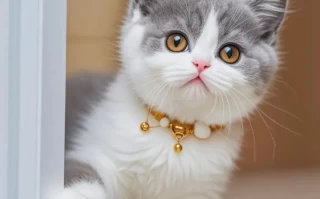
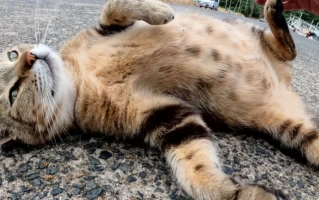
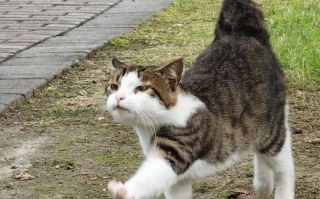
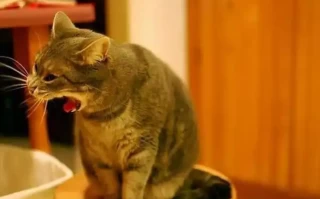
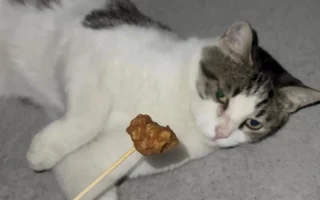
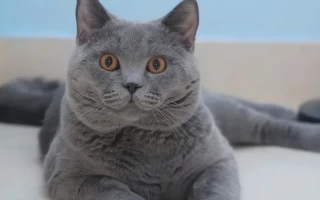
No comments yet, come on and post~